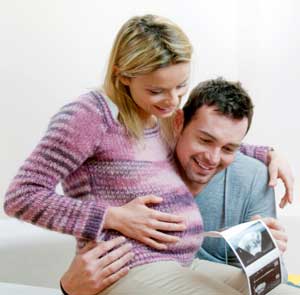Episiotomy is a common obstetric procedure, estimated to be performed in 25 percent of vaginal deliveries in the United States in 2004. Restrictive use of episiotomy has been recommended given the risks of the procedure and unclear benefits of routine use. Decreasing use of the procedure was documented in the 1990s; however, whether rates have continued to decrease after evidence based recommendations has not been known, according to background information in the article.
Alexander M. Friedman, of the Columbia University College of Physicians and Surgeons, New York, and colleagues used the Perspective database to identify women who underwent a vaginal delivery from 2006-2012. The database includes more than 500 hospitals (approximately 15 percent of hospitalizations nationally, including deliveries).
This analysis included 2,261,070 women who were hospitalized for a vaginal delivery in 510 hospitals, of whom 325,193 underwent episiotomy (14.4 percent). There was a decline in the rate of episiotomy between 2006 (17.3 percent) and 2012 (11.6 percent). Several demographic characteristics were associated with receipt of episiotomy: 15.7 percent of white women vs 7.9 percent of black women; and 17.2 percent with commercial insurance vs 11.2 percent with Medicaid insurance. Hospital factors (rural location and teaching status) were associated with less use.
“These observations suggest nonmedical factors are related to use of episiotomy,” the authors write.
Adjusted hospital rates of episiotomy use demonstrated significant variation. Among the 10 percent of hospitals that used the procedure most frequently, the average adjusted hospital episiotomy rate was 34.1 percent vs 2.5 percent in the 10 percent of hospitals that used the procedure least frequently.

















Related Items
Child Beggars’ population on the rise…
Survey reveals spending time in nature tops list of child’s memories
Education and health investments can compensate falling birth rate